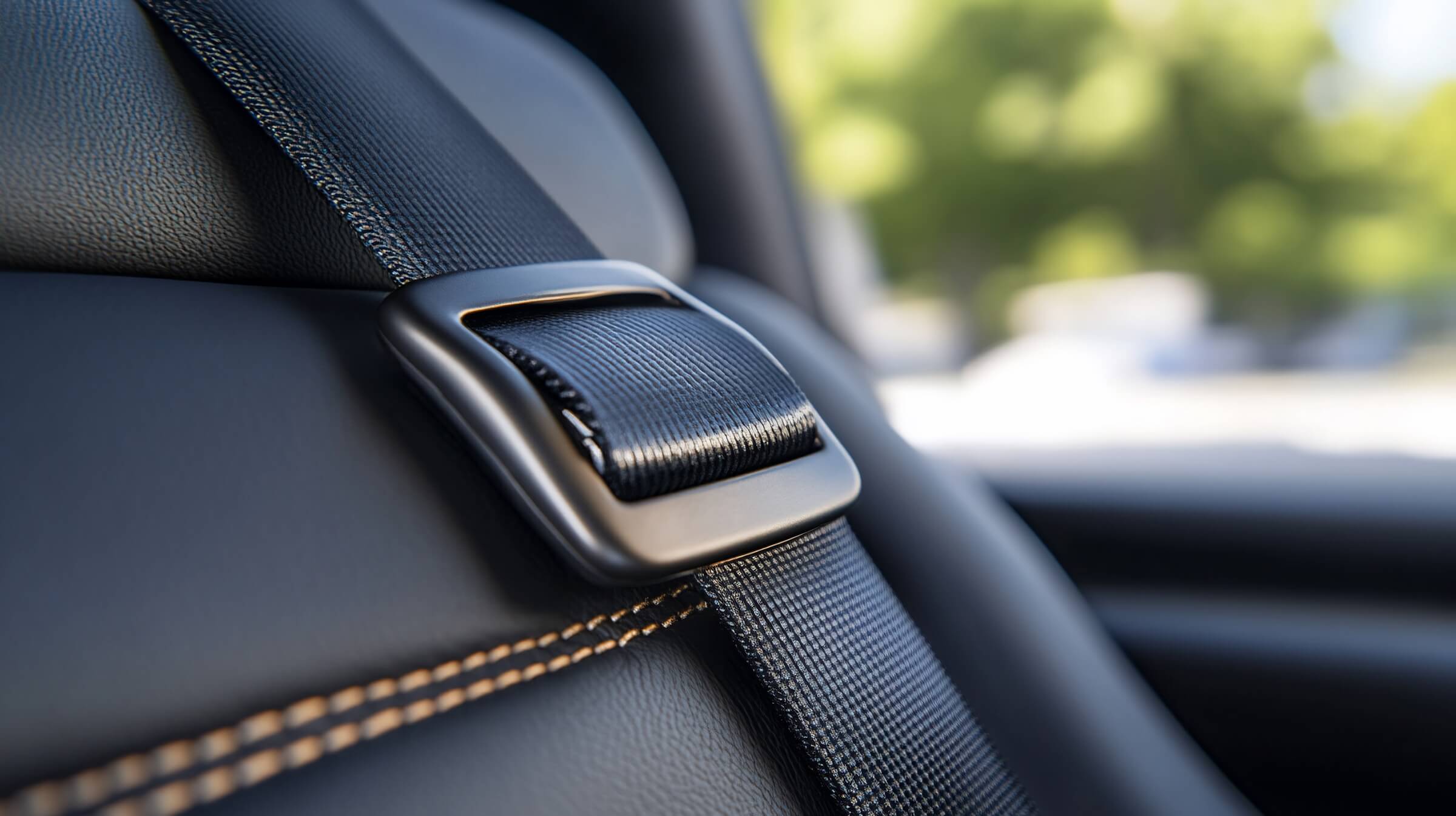
How Your Car’s Safety Features Could Save You Money on Insurance

by Erin Anderson
We tend to think of car safety features as tools to help us avoid accidents — lane departure warnings, backup cameras, automatic braking. But what many drivers don't realize is that these same features can also help you save money on your insurance premium.
Insurers love anything that lowers risk. And if your car is better at preventing accidents or reducing damage when they happen, they're often willing to pass some of those savings on to you. The key is knowing which features matter — and how to make sure you're actually getting credit for them.
Modern Safety Tech = Lower Risk
Cars equipped with advanced safety features tend to get in fewer accidents — and when they do, the damage is often less severe. Features like automatic emergency braking (AEB), forward collision warning (FCW), and blind spot monitoring are designed to help prevent common types of crashes, from rear-enders to side-swipes.
Because these features reduce the likelihood (and cost) of claims, insurers often offer discounts for cars that include them — sometimes automatically, but not always.
Don't Assume Your Insurer Already Knows
If you bought your car recently, there's a good chance your insurer already factored in some of your vehicle's safety features. But if you added any upgrades — like dash cams, aftermarket sensors, or even a new anti-theft system — you may need to let them know.
Even factory features can slip through the cracks, especially if your insurer only based your quote on a base model.
Which Features Matter Most to Insurers?
Not all safety tech leads to a discount, but these are the ones that tend to make the biggest difference:
- Automatic emergency braking
- Adaptive cruise control
- Lane-keeping assist
- Blind spot detection
- Rear cross-traffic alert
- Electronic stability control
- Anti-lock brakes
- Passive anti-theft systems (like immobilizers or alarms)
Some insurers also offer savings for cars with telematics systems — devices or apps that track driving behavior. These monitor speed, braking, mileage, and more, and safe drivers may be rewarded with lower rates over time.
What About Older Cars?
If you're not driving a new model with built-in safety tech, you're not out of luck. Features like anti-lock brakes, airbags, and traction control have been around for years and can still qualify for discounts. And if your car has an alarm or immobilizer system, that could help reduce your comprehensive coverage cost by lowering your theft risk.
Tip: If you're not sure what your car has, check the owner's manual or look up your vehicle's specs using its VIN.
The Bottom Line
Car safety features don't just protect you and your passengers — they can also protect your wallet. Insurers reward lower risk, and your vehicle's safety equipment plays a big part in that calculation.
If you're planning to sell, trade in, or upgrade your car soon, now's a great time to review your insurance policy. Comparing quotes could uncover new savings, especially if your coverage needs have changed or you've made improvements to your vehicle.